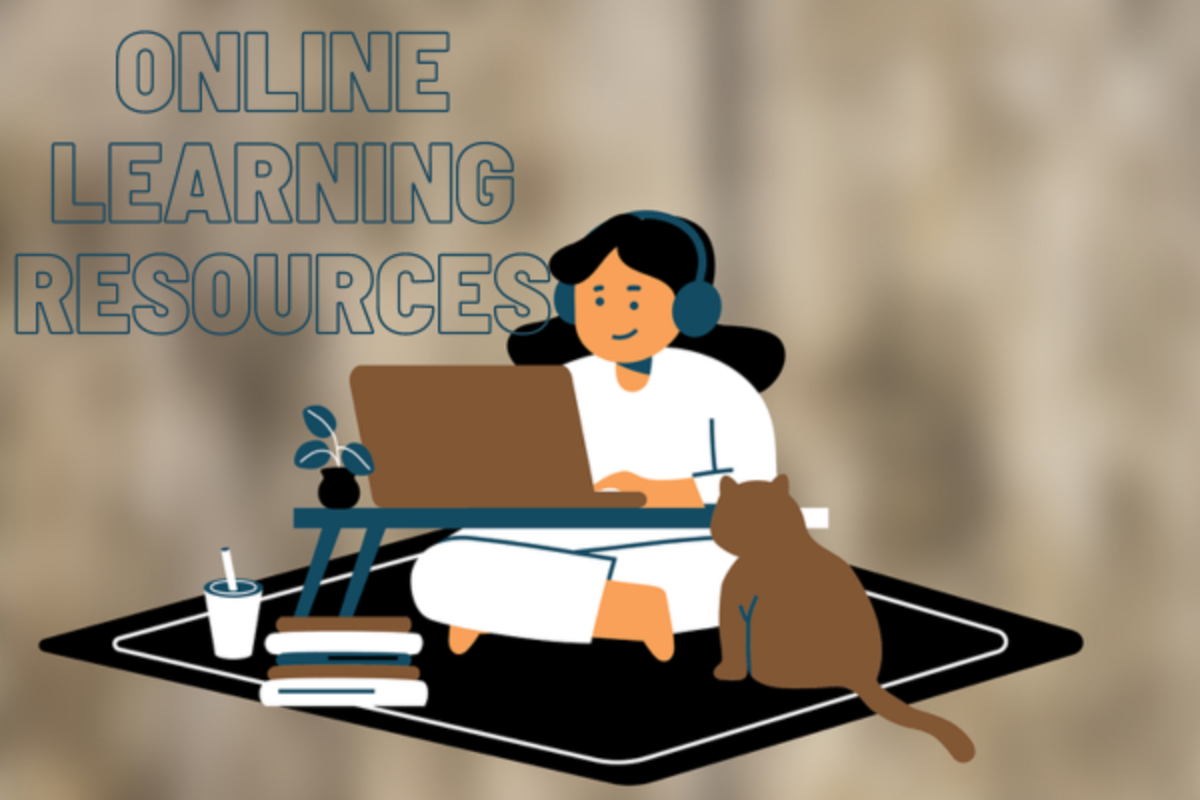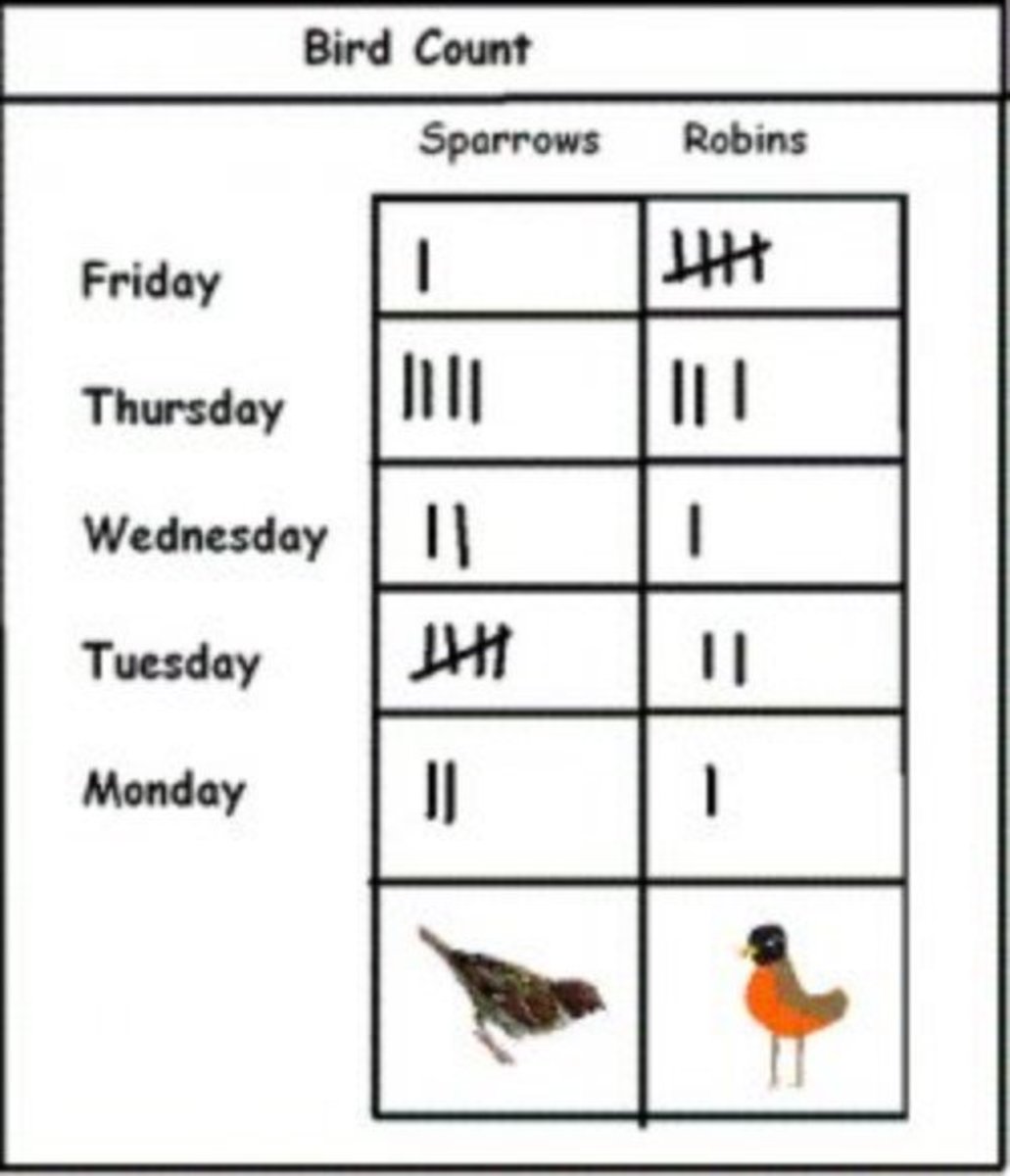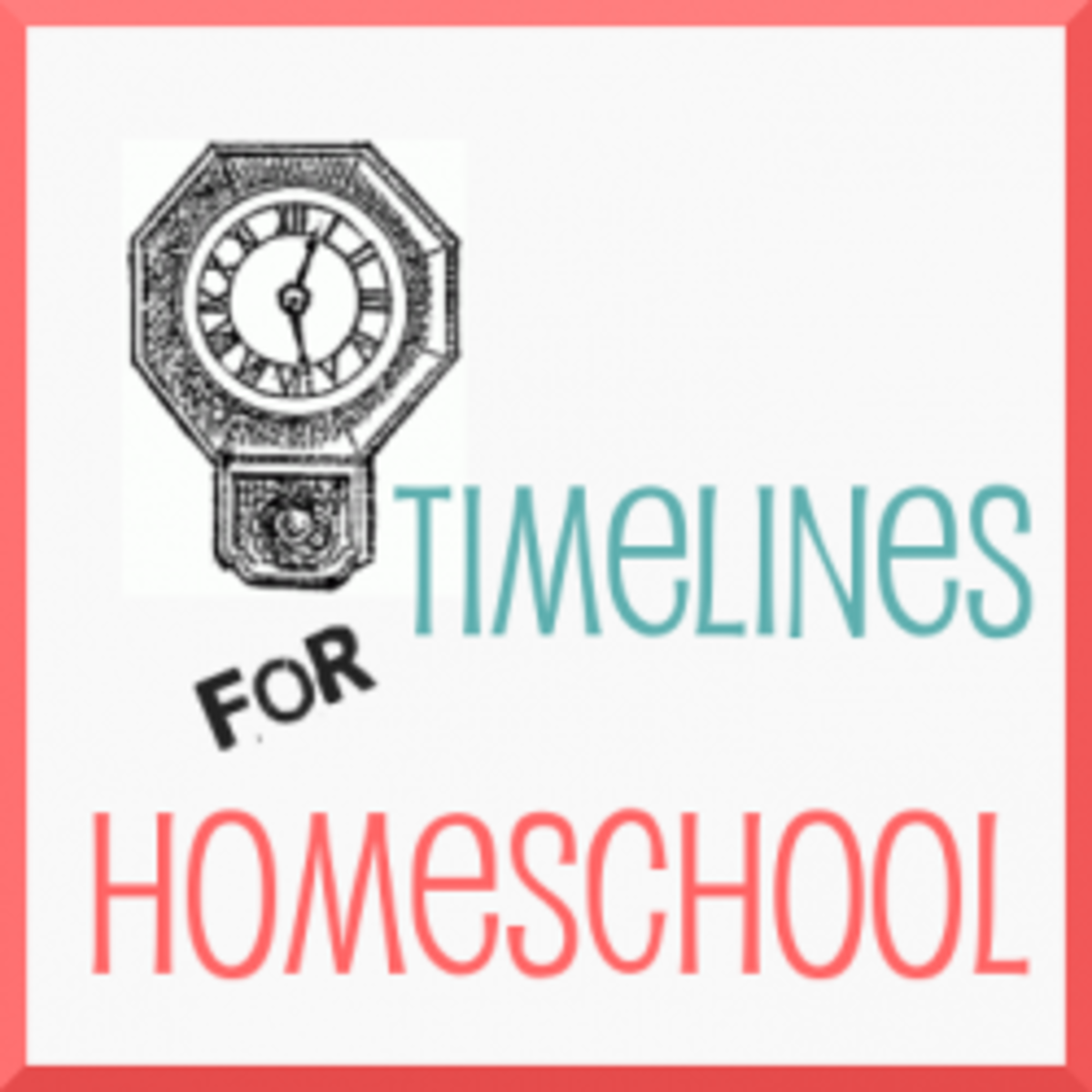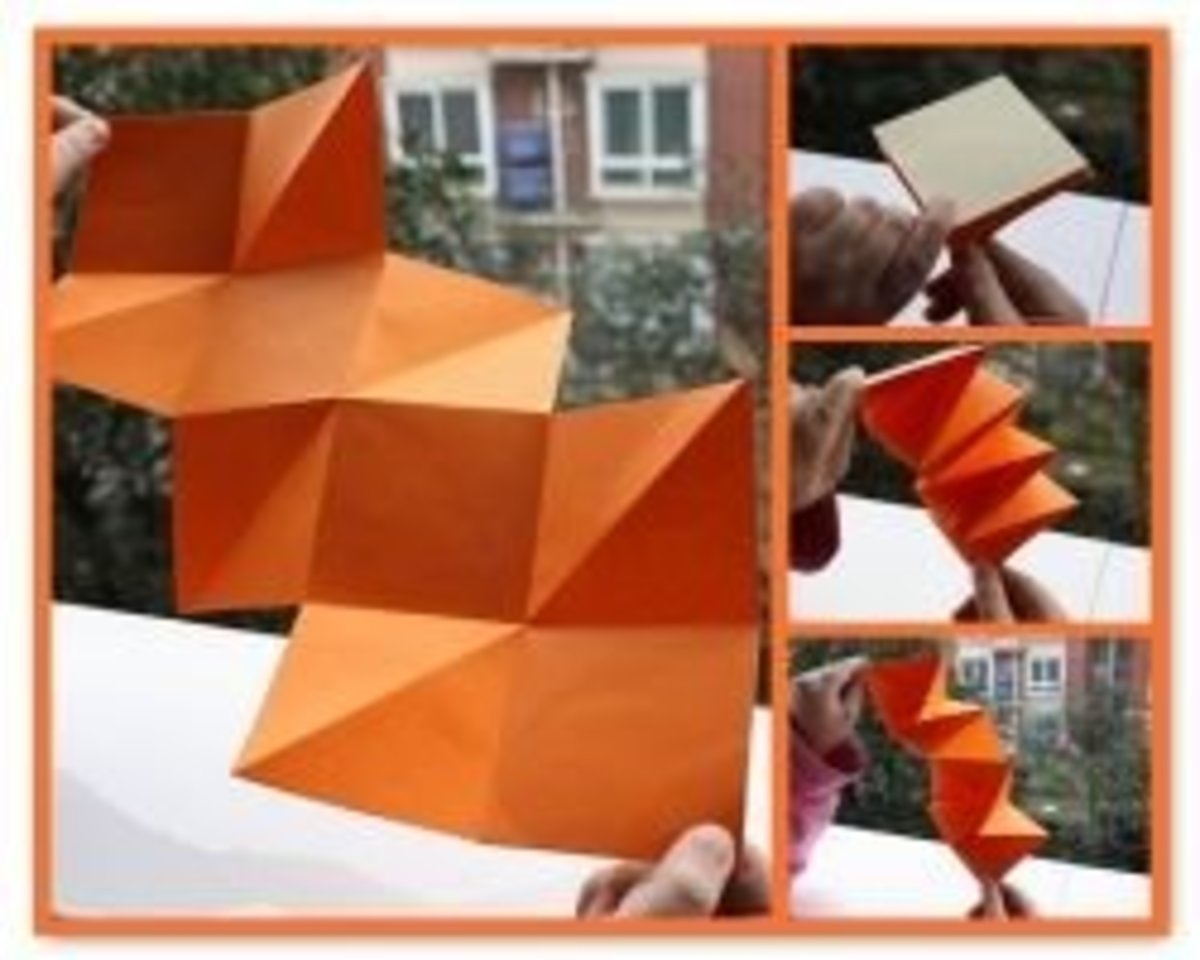My Thomas Jefferson Education Family
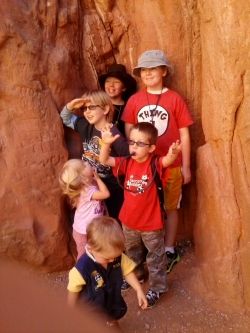
My Background
For the 2012-2013 school year, I have a 12 year old, a 10 year old, an 8 year old, a 5 year old, a 3 year old, and a 1 year old. All are boys except for my 3 year old daughter. We love learning and enjoy field trips. One of our favorites is the Children's Museum in Pueblo and the Museum of Nature and Science in Denver. We also love the Cheyenne Mountain Zoo- for those of you interested in Star Gate, there REALLY is a zoo on Cheyenne Mountain (there was an episode that says the zoo doesn't exist)!
Change from Virtual Schooling to Homeschooling
The Thomas Jefferson Way
Our family has been part of the homeschooling world since 2005. We've enjoyed the freedom that learning as a family has offered us. Some would argue that since we were connected with virtual academies at the time, we weren't truly homeschooling-even though everything was taught/learned at home with occasional tests done with a certified teacher and certain requirements that had to be met by the end of the school year.
In the fall of 2012, we had 4 kids that were ages 5 and older. This caused us to pause and reflect on how the virtual school was helping us vs what we could do on our own. We realized that our kids were so focused on marking lessons off that they weren't really retaining as much as we would have liked because they weren't enjoying the process nor the content.
Just before Thanksgiving, I had an "aha!" moment when I started a conversation with two total strangers. These strangers and I were participating in a multi-vendor open house and we were the consultants/demonstrators. When the open house was over, we discovered we were all homeschooling our kids using different models. As they shared their stories, I realized that their traditional homeschooling offered them a lot more freedom than my virtual homeschooling situation provided.
The following week, after spending the weekend contemplating, I pulled each of my kids out of the virtual program. We were officially homeschooling without state mandated tests, deadlines, or someone looking over our shoulder.
Now what?
I started researching the Thomas Jefferson Education (commonly known as TJEd) model. A key phrase I saw over and over again was inspire, not require . That doesn't mean that it's a free-for-all. There still is structured learning time, but the kids choose what kind of science they want to study. If they're interested in astronomy, for instance, an autobiography or a biography about an astronomer is a good place to start.
That sounds really good- study from the source, or really close to it. There would be fewer errors because we wouldn't be studying about the astronomer. Instead, we'd be studying the astronomer and the astronomer would become like a mentor- a true mentor would be someone who we could converse with in person, letters, on the phone, etc.
I also liked the 7 keys of great teaching because they resonated with me:
Classics, Not Textbooks
Mentors, Not Professors
Inspire, Not Require
Structure Time, Not Content
Simplicity, Not Complexity
Quality, Not Conformity
You, Not Them
In the You, Not Them, it is suggested that I not only mentor my kids, but that I spend time modelling what I want the kids to do. If I want them to read the classics, I should read them, too. When I learn something, I should talk about it with my kids because it might interest them, too.
I need to model looking up words that I don't know or understand in a dictionary, keep notes, and write papers. I like that. I love learning and I want to share that with my kids.
Conclusion
When we were in the virtual academy scene, I was so busy teaching that I didn't have time to learn nor teach my kids good habits. We were stressed out until we began to apply the principles I learned from reading in the Thomas Jefferson Education books.
While I don't have years of experience under my belt with this method, I've seen a real change in the way my kids approach life and learning. They love it again! They look forward to reading and learning. They even ask when we get to read this or do that.
If I were to describe this method in a few short words I'd say it's "unschooling" and "a classical education."
The Thomas Jefferson Education - Recommended books



The Life of Fred - Yes, Math IS Fun!
Since we've switched to being completely on our own for curriculum, I created a short list of a few things I wanted to get out of the math curriculum.
1) I want my kids to think. You're probably thinking that all math makes you think. Yes, you'd be right. However, the Life of Fred series takes it a bit further. You follow the story of the life of Fred, who happens to be a 5 year old professor at Kittens university, hence the name. As he goes about his daily life, you see some of life's problems as he solves them. Then, you get to solve a few problems in the "Now it's your turn to play" at the end of each chapter (chapter = lesson).
2) I want my kids to do story problems. This series takes story problems to a whole new level. Like I said, you're reading about Fred's daily experiences, see him find a problem and solve it. You're even exposed to some science and other subjects along the way. This is applying math to real life situations.
3) Easy to prepare There is no prep needed, unless you want to look over the lessons in the upper levels to make sure YOU know the math and want to work through the examples for yourself. I actually did that on my 5th grader's lesson today because I don't recall ever being exposed to sigma notation. Here are two examples of Sigma notation:
I found it pretty easy to do, but it was good that I looked it over before we sat down to do the lesson- though I think it would be a valuable lesson for my son to see me work through the lesson if I hadn't seen it first.
There are other things on my list that aren't as significant, but those three and the desire to have my kids enjoy the journey are important. Since Fred does some really, really silly things, my kids can't help but belly laugh as they read. My 2nd grade son, Isaac, was enjoying it so much that we completed multiple lessons in one sitting. He wanted to know what Fred was going to do next.




Preschoolers love to learn, too!
Right now, I have a 3 year old daughter. She sees how much fun her brothers are having with their lessons and she wants in on the fun. I have a few things that I have purchased over the years that I used with her older brothers when they were her age. She enjoys learning because she gets to choose what she learns, just like they do. Here are a few things that she likes:





I've spoken long enough. I want to know what my readers are thinking. Have you tried TJEd? If so, what are the pros and cons? Are you an unschooling or classical homeschooler? Tell me about it, please. I'm anxious to know about what other people are doing, thinking, etc because it causes me to think and learn even more. Thanks in advance!
Carry On, Mr. Bowditch
Part of the program for TJED is for parents to model good study habits. I picked up a book that a friend recommended for a book club. While it is a great book for middle school aged kids, I thoroughly enjoyed it.
Nat Bowditch was born just before the Revolutionary war. Life was tough for him. At the age of 12, his father was struggling to feed everyone in the family and set Nat up as an indentured servant. Nat was blessed with a love for learning and was very sad that he would have no chance to finish school, let alone go to Harvard, which was his dream.
The people he was indentured to let him spend his spare time studying. He learned Latin so he could read Newton's Principia. He used a Latin Bible as his guide. Later, in his 20s, he learned Spanish and French using the same method.
What I like about Mr. Bowditch was his hunger to learn. Rather than complaining that life preventing him from reaching his goals, he became an autodidact, or self teacher. I found his story inspirational.
I don't want to give away any spoilers, so I'll leave my review of this story there. But I can tell you that people who like biographies and adventures will love this book. As a hint, at the beginning of the book, the reader learns that he came from a long line of sea captains. He is an excellent example of a TJED student who loves to learn and study.
Carry On, Mr. Bowditch Study Guide
Looking for more than activity sheets or a who-did-what series of questions? Want to dig into the essence of the novel? This study guide provides easy-to-use, reproducible lessons on literary terms, comprehension and analysis, critical thinking, related scriptural principles, vocabulary, and activities, plus a complete answer key. Examines issues from a Christian perspective. Excellent for private schools and home study. Also an excellent reference for public school teachers, but biblical references may have to be removed.
source of picture: Chef Brad on BYUTV
My 11 year old son, Jared, enjoys learning about chefs. He loves cooking. He became inspired by cooking when he accidentally discovered Chef Brad's Fusion Grain cooking show (you can watch them on youtube).
He didn't really want to read books or research the way his older brother, Caleb, does. That's fine with me because I never expected my kids to progress the same way.
Instead, he likes reading Chef Brad's cookbooks. They not only provide recipes with instructions, but explanations as to why this grain works for this recipe and what makes this ingredient a healthy choice.
Since we have 8 people in our family, we often require recipes to be doubled or tripled no matter which recipe we use.
The benefits that come with letting inspiration lead the way: he is motivated to read and learn math skills. He also learns how to cook.
Many people who really like to cook prefer a workspace where they can easily access and use their tools. Jared assigned himself kitchen duty. He has chosen to keep the counters clean, the drawers organized, and the floor swept. Some tools migrated from one drawer to another to make cooking easier.
Jared also learned how to do experiments. He hypothesizes which ingredients could be substituted when we transform our favorite recipes into something that is more healthy.
For instance, he recently hypothesized that whole spelt flour would be a better substitute for white flour over whole wheat flour when he transformed our favorite brownie recipe into a healthier treat.
He was so sure that he was right, that he took his experiment to his Boy Scout meeting on the night he was assigned to bring a snack. He didn't even try it first!
Every scholar in training will take a different route toward excellence. The key is to persuade YOURSELF to let them define it and encourage them. This isn't always easy to let inspiration lead the way- I know because I just got off the conveyor belt about 9 months ago.
Still, I strongly recommend stepping back and watching your scholar in training bloom! You'll be amazed where it takes you!




I'd love to hear how inspiration has lead you or someone you know off of the beaten path into a better journey.





